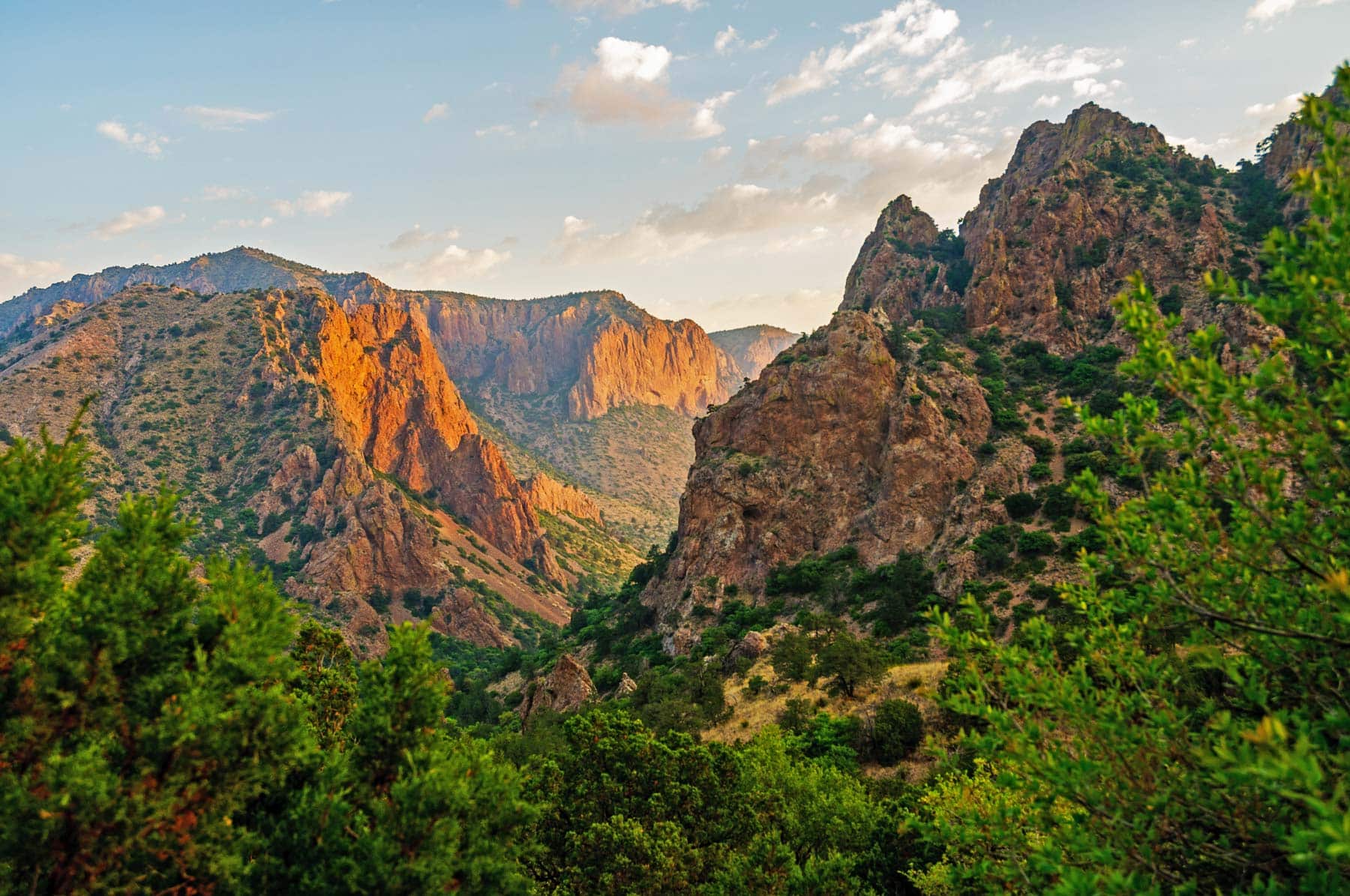Welcome to Facts Vibes! Discover the awe-inspiring wonders of Big Bend National Park with our fascinating article. Uncover mind-blowing facts about this unparalleled natural treasure, from its diverse wildlife to its breathtaking landscapes. Get ready to embark on an incredible journey through one of America’s most remarkable national parks.
Exploring the Marvels of Big Bend National Park
Exploring the Marvels of Big Bend National Park in the context of adventure and nature appreciation, visitors are treated to a breathtaking landscape and diverse wildlife. The park’s rugged terrain offers numerous opportunities for hiking, camping, and stargazing, making it a haven for outdoor enthusiasts. The Rio Grande River meanders through the park, providing stunning views and opportunities for water-based activities. Additionally, the Chisos Mountains offer unmatched hiking trails with panoramic vistas of the surrounding desert. This remote and serene location allows visitors to immerse themselves in the beauty of nature and experience a deeper connection with the environment. Travelers can also explore the park’s rich history, from ancient indigenous rock art to the remnants of old settlements. For those seeking an escape from the bustle of city life, Big Bend National Park offers an unparalleled opportunity to reconnect with nature and discover the wonders of the natural world.
Most popular facts
Big Bend National Park covers 801,163 acres in West Texas.
Big Bend National Park covers 801,163 acres in West Texas.
The park is named after a stretch of the Rio Grande River that forms a large bend in the border between Texas and Mexico.
The park is named after a stretch of the Rio Grande River that forms a large bend in the border between Texas and Mexico.
It features a diverse range of ecosystems, including desert, mountains, and river environments.
It features a diverse range of ecosystems, including desert, mountains, and river environments.
Big Bend is home to more than 1,200 species of plants, 450 species of birds, 75 species of mammals, and 56 species of reptiles.
Big Bend is home to more than 1,200 species of plants, 450 species of birds, 75 species of mammals, and 56 species of reptiles.
It contains a portion of the Chihuahuan Desert, one of the largest and most biologically diverse deserts in North America.
Sure! Chihuahuan Desert is an important biologically diverse desert in North America.
The park’s geologic features include limestone, volcanic dikes, ancient seas, and dinosaur fossils.
The park’s geologic features include limestone, volcanic dikes, ancient seas, and dinosaur fossils.
Visitors can explore over 150 miles of hiking trails, ranging from easy walks to challenging backcountry routes.
Visitors can explore over 150 miles of hiking trails, ranging from easy walks to challenging backcountry routes.
Big Bend has a rich history of human habitation dating back over 10,000 years, with evidence of Native American and Spanish colonial settlements.
Big Bend has a rich history of human habitation dating back over 10,000 years, with evidence of Native American and Spanish colonial settlements.
The park offers opportunities for camping, stargazing, birdwatching, and river rafting.
The park offers opportunities for camping, stargazing, birdwatching, and river rafting.
It is one of the least light-polluted areas in the United States, making it an ideal location for astronomy enthusiasts.
Sure! Here’s a short and concise response: It is one of the least light-polluted areas in the United States, making it an ideal location for astronomy enthusiasts.
Big Bend’s remote location and rugged terrain provide a habitat for rare and elusive species such as the Mexican black bear and desert bighorn sheep.
Big Bend’s remote location and rugged terrain provide a habitat for rare and elusive species such as the Mexican black bear and desert bighorn sheep.
The park’s iconic landmark, Santa Elena Canyon, features 1,500-foot cliffs and offers stunning views of the Rio Grande.
The park’s iconic landmark, Santa Elena Canyon, features 1,500-foot cliffs and offers stunning views of the Rio Grande.
Visitors can experience the unique cultural blend of the region, influenced by Native American, Mexican, and Anglo heritage.
Visitors can experience the unique cultural blend of the region, influenced by Native American, Mexican, and Anglo heritage.
Big Bend’s diverse landscapes provide opportunities for photography, painting, and other forms of artistic expression.
Big Bend’s diverse landscapes provide opportunities for photography, painting, and other forms of artistic expression.
The park hosts various events and educational programs, including ranger-led activities, star parties, and nature walks.
The park hosts various events and educational programs, including ranger-led activities, star parties, and nature walks.
In conclusion, Big Bend National Park is a treasure trove of natural beauty and breathtaking landscapes, offering visitors an unparalleled opportunity to connect with nature and experience the wonders of the wild. Its unique ecosystem and diverse wildlife make it a truly remarkable destination for anyone seeking adventure and immersion in the great outdoors. Whether it’s hiking, camping, or simply appreciating the serenity of this remote corner of the world, Big Bend National Park has something extraordinary to offer to all who visit.
